- Flowerpot Rocks, Hopewell, New Brunswick, low tide
Home of the highest tides in the world, a billion tons of water ebb and flow in the Bay of Fundy. Located along the East Coast of North America, north of the Gulf of Maine and between the Canadian provinces of New Brunswick and Nova Scotia, the Bay of Fundy is one of Canada’s seven natural wonders and in the Guinness Book of World Records. The Bay’s unique funnel shape together with the pull of the sun and the moon cause resonance so that at the head of the bay, in Minas Basin, Nova Scotia, the water at high tide can rise as much as 53.5 feet.
The world’s highest tides continue to sculpt red sandstone. At Hopewell Rocks (north of St. John, New Brunswick), tourists clamber over the sea floor at low tide. Later, when waters surge back, reclaiming exposed rock and mud flats and seaweed beds, canoes exploit the currents while water-gazers climb on platforms to avoid being stranded or carried off.
.
In ports—such as at Alma, New Brunswick—boats lean against docks, waiting for the tide to come in, before heading out to check lobster traps.
.
When the incoming tide crashes into the St. John River at St. John, New Brunswick, it creates raging whirlpools and rapids. At high tide, the power of the water actually reverses the flow of the river. Kayakers and boaters here brave the surge.
.
.
.
While the vertical tides have made the Bay of Fundy famous, horizontal tides are also spectacular. At low tide, more than 620 square miles of ocean floor stretch exposed to the atmosphere. Every beach on the Bay of Fundy bares a substantial intertidal area where millions of organisms live half the day underwater and the other half revealed; they have adapted to the extremes of temperature and salinity (Randall, D., Burggren, W. and French, K. Animal Physiology: Mechanisms and Adaptations, 3rd ed. W.H. Freeman and Co. New York, 1998–Source here).
The greatest intertidal expanses lie in the North; scientists have identified these tracts of muck and mire as “food pumps.” The power of the water that rushes back and forth stirs up nutrients—phytoplankton and zooplankton—feeding the creatures that inhabit the Bay. (Smith, R.L. and Smith, T.M. Elements of Ecology, 4th ed. Benjamin – Cummings Publishing Co. Menlo Park, Ca.1998. Source here.).
.
.
Puffins breed on nearby islands. Flocks of sandpipers circle the exposed sea floor and then swoop in, concluding their 900-mile flight from Arctic breeding grounds with a feast. They gorge for two weeks on the Bay’s mud shrimp, doubling their weight before setting off on a 2500-mile non-stop migration to their winter grounds in South America, which they will complete in a little over three days (Thurston, H. and Horner, S. Tidal Life. Nimbus. Toronto. 1998. Source here.)
Approximately two million birds of all species stop here annually; this is the single most important stopover point for migratory birds on the Eastern seaboard. Other inhabitants include whales, seals, dolphins, porpoises, and all types of fish and crustaceans.
Boats slip through the fog, trailing these creatures; the lashed and lashing motion of the Bay of Fundy transfixes the water-gazer and invigorates the adventurer—who like Bulkington in Melville’s Moby Dick—finds that “in landlessness alone resides the highest truth, shoreless, indefinite as God.”
–Natalia Sarkissian
——————————-
Natalia Sarkissian has an MFA in Writing from Vermont College of Fine Arts and has been an editor at Numéro Cinq since 2010. Natalia divides her time between Italy, Egypt, the United States, and South Africa.

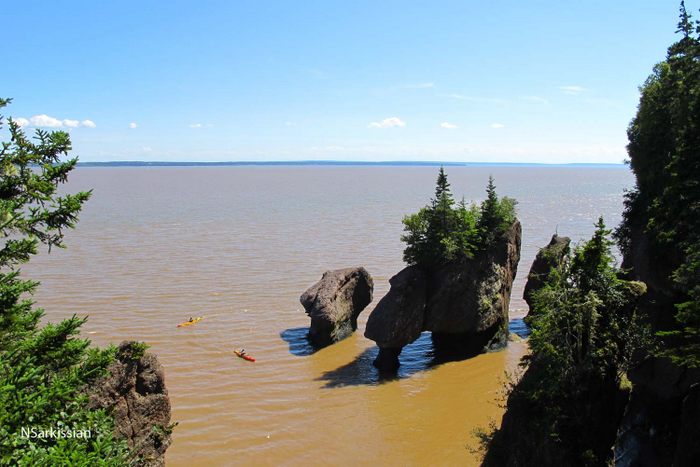

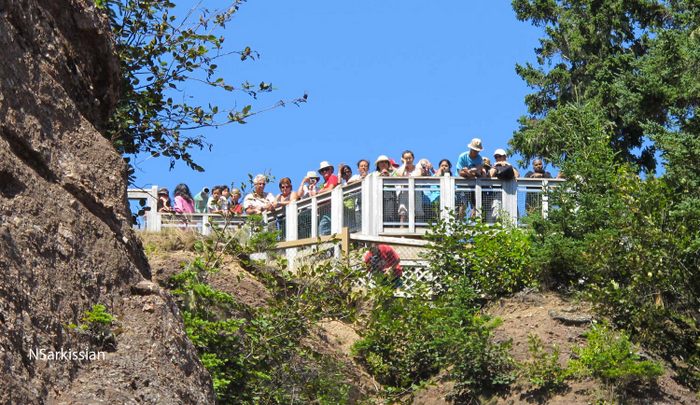
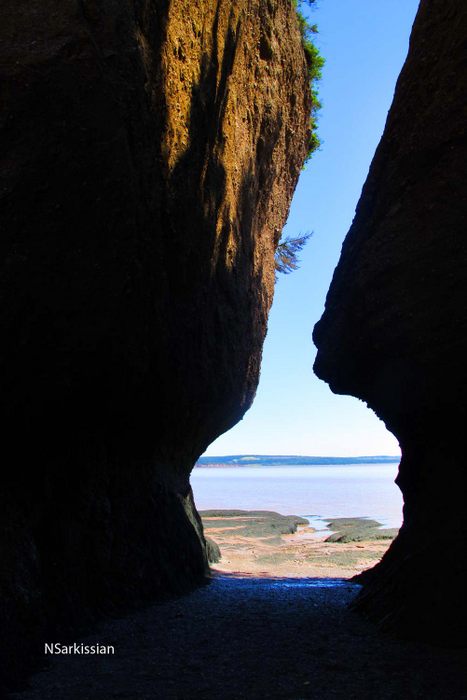
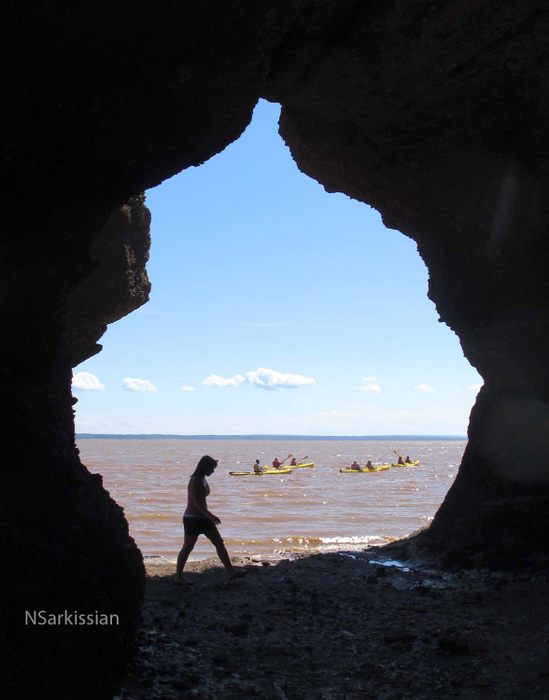
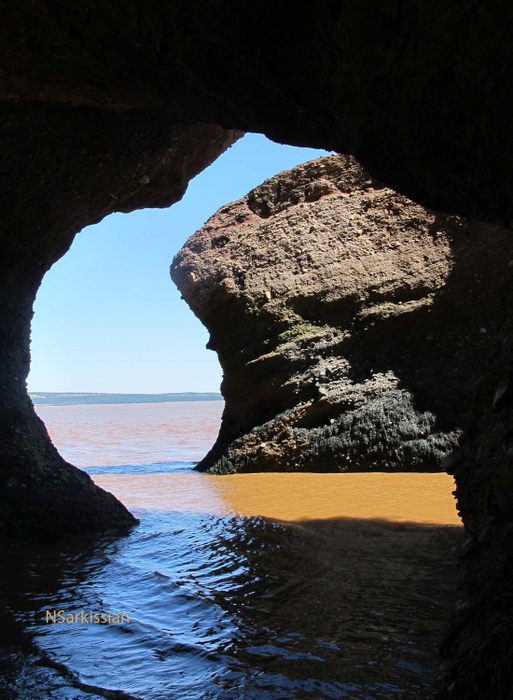
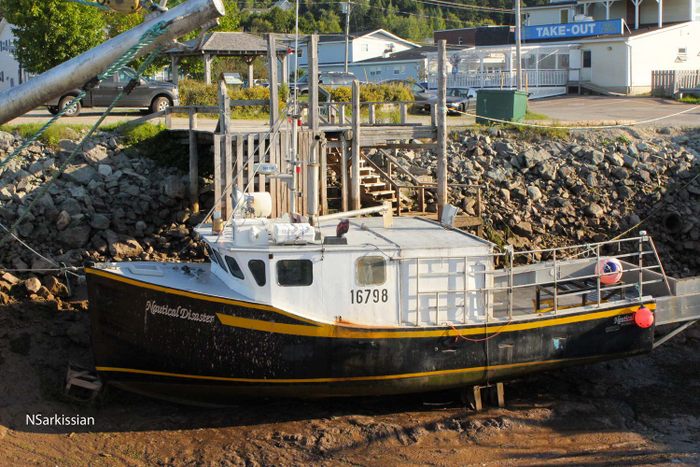

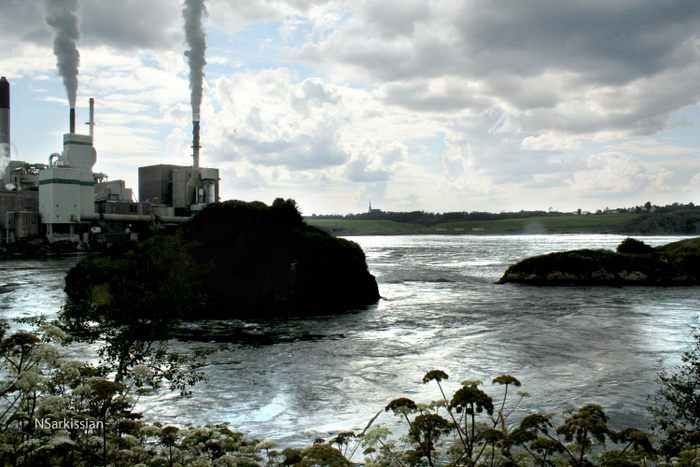
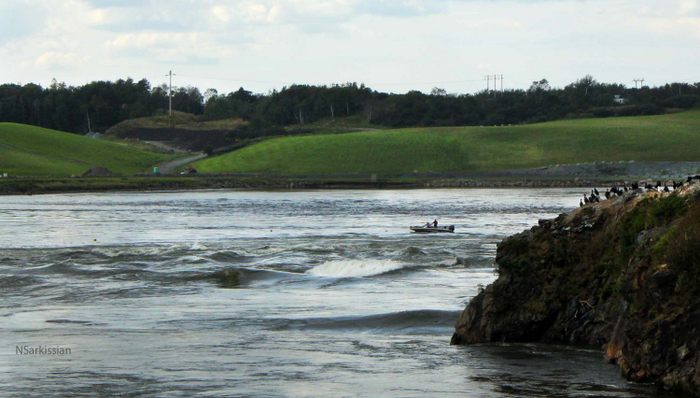
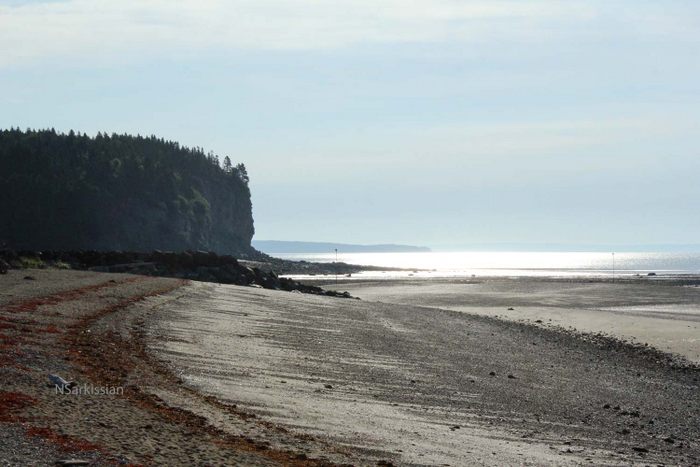
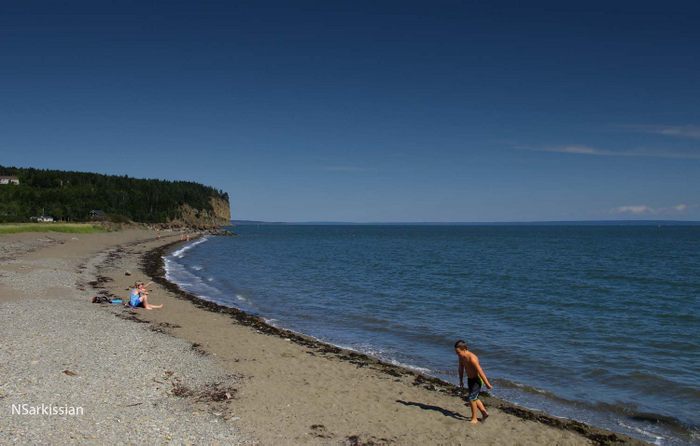
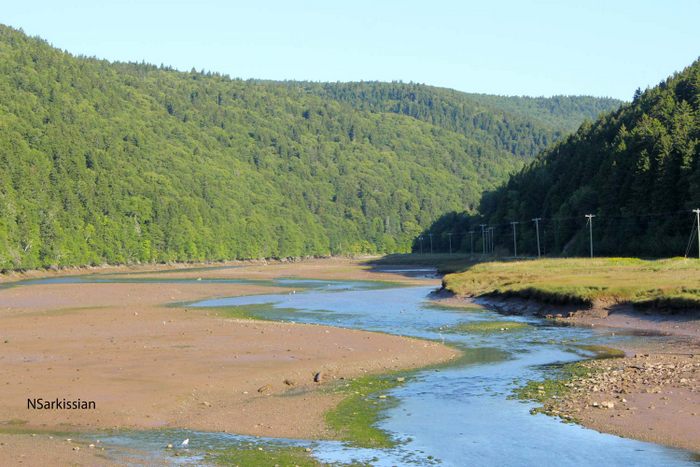
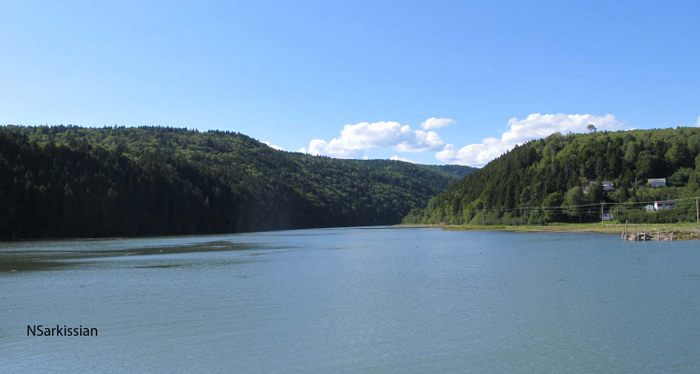
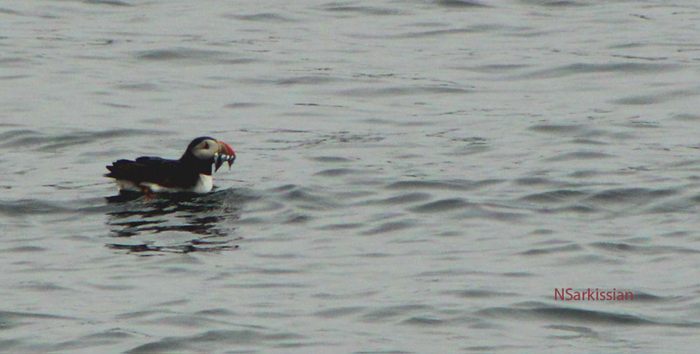
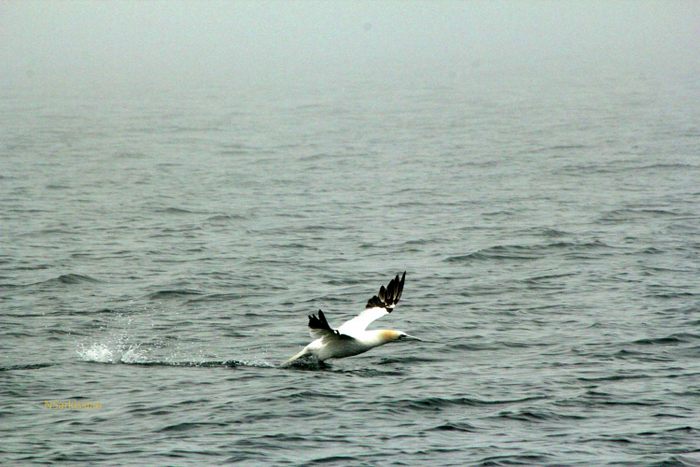


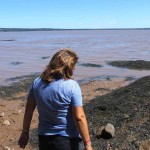
Beautiful pics, Natalia. In our little village of St. Martins on the Bay of Fundy you can sea kayak into caves at high tide that you can walk into at low tide. Here’s a link to a friend’s blog with great photos – just in case you are thinking of paying another visit!
Thanks for the info Sara!
Beautiful photo essay, Natasha!
Glad you liked it Kim!